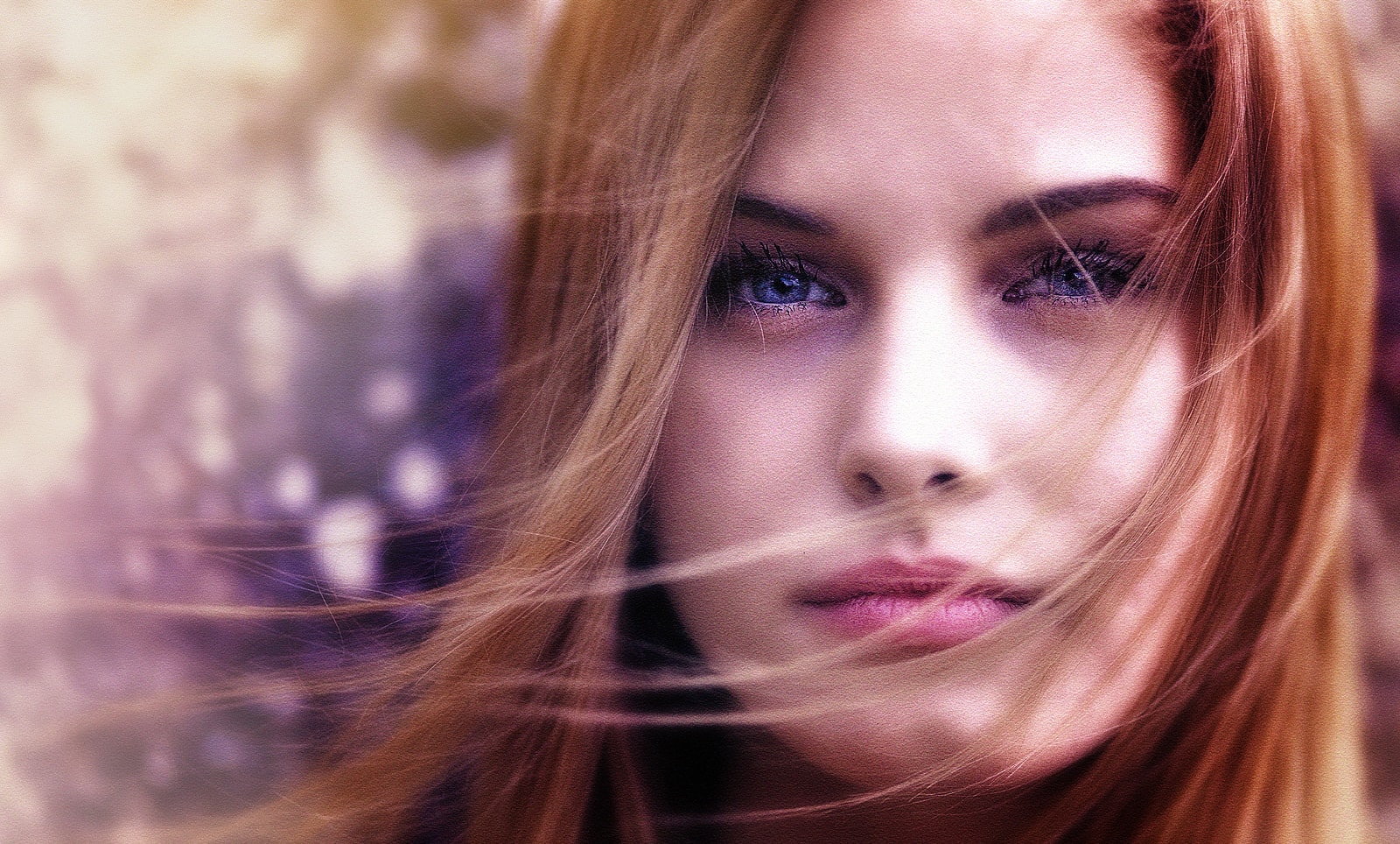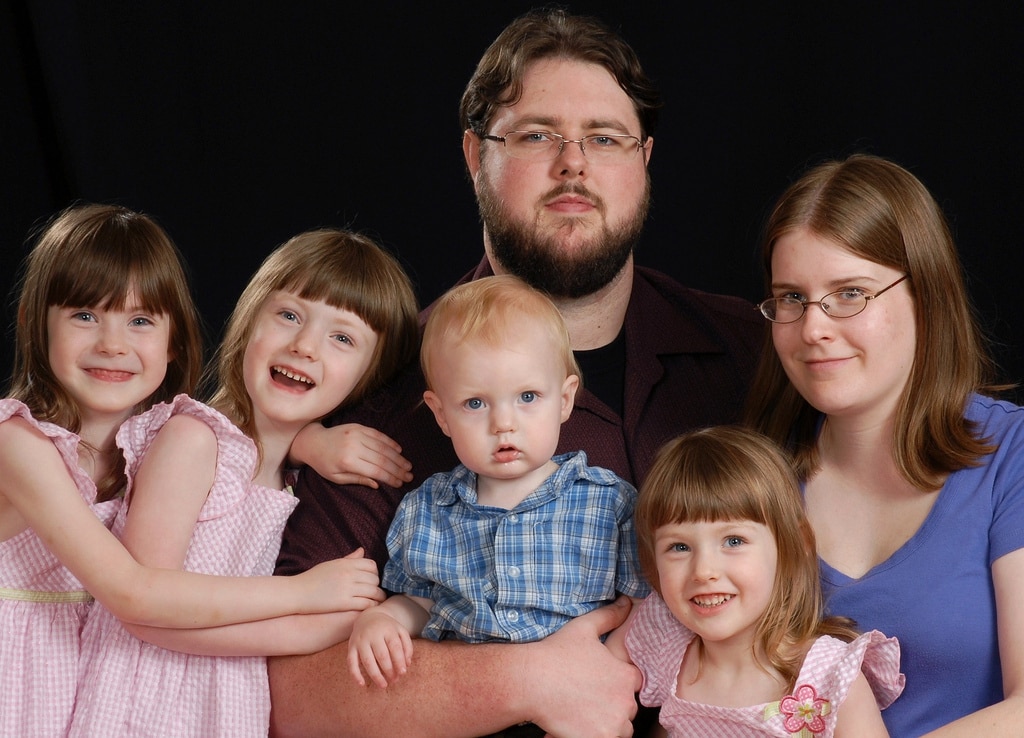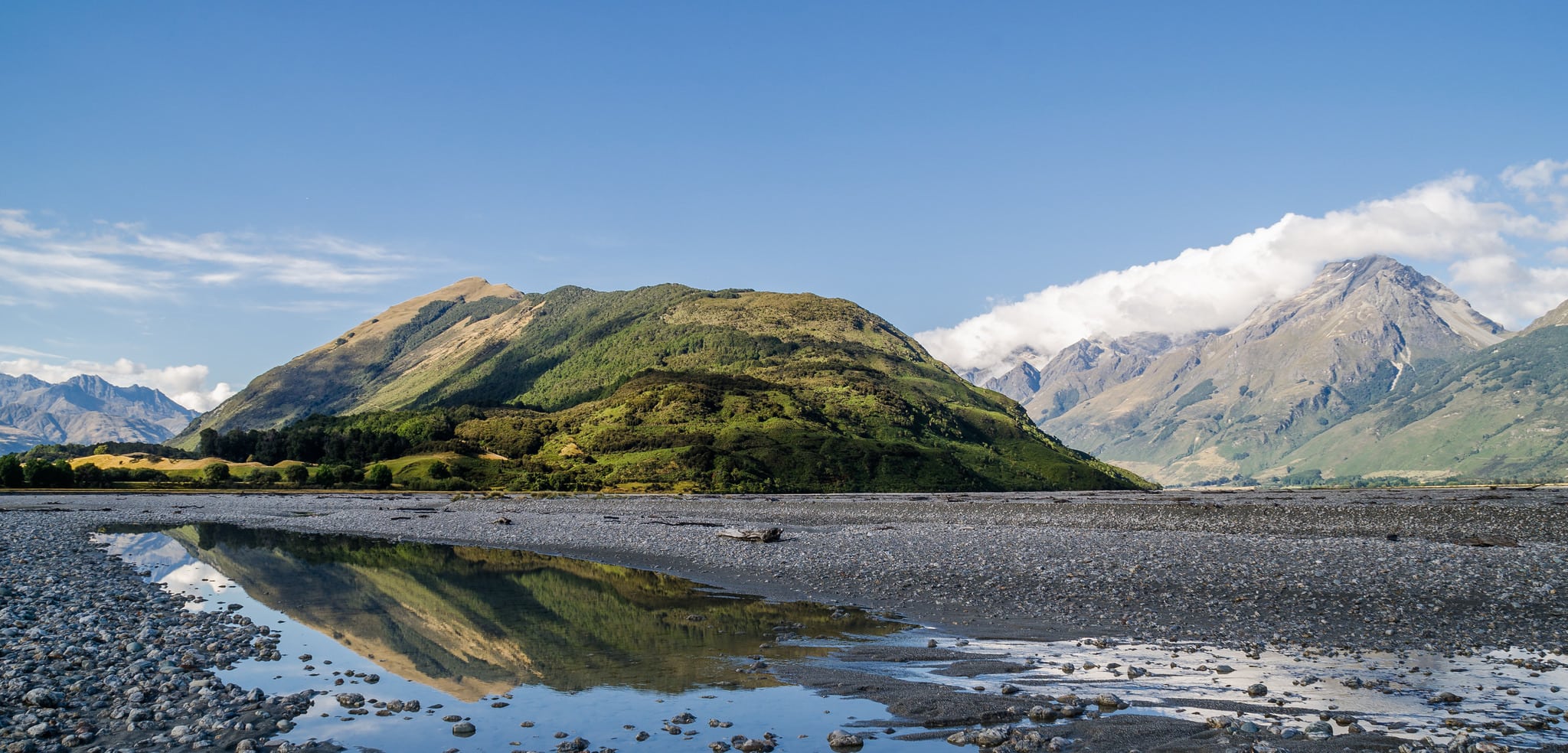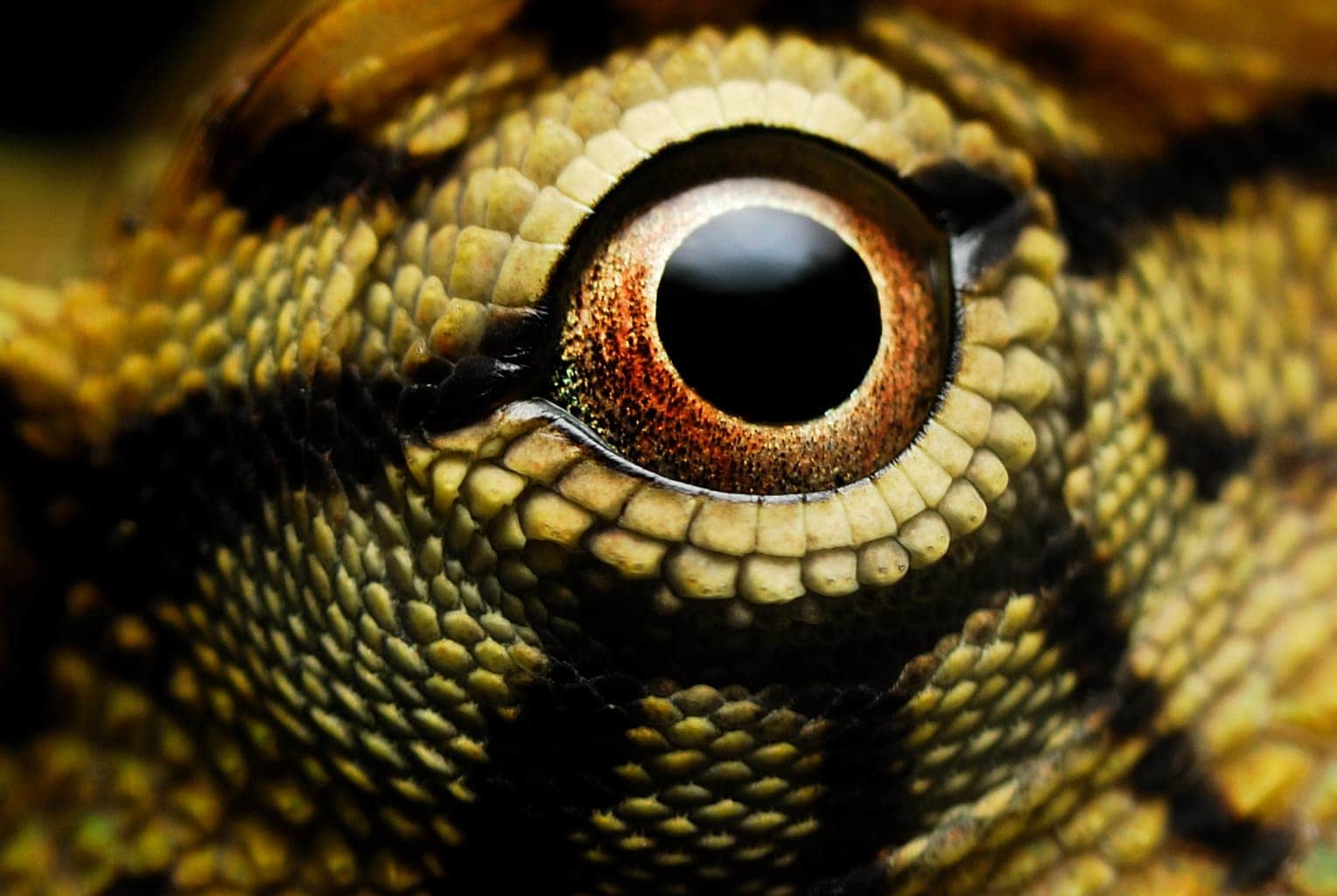Surely it is not the first time that you hear about the importance of focus when composing an image. How it highlights some elements above the rest, the ability of the spotlight to highlight the center of interest of the compositions.
Surely the term aperture also sounds familiar to you, since in this blog we always try to make you become a daring photographer and dare to shoot in manual mode, in order to be able to control all the variables of the shot yourself.
And surely also, if you have dared at some point with the semi-manual or manual modes of the camera , it sounds to you that there is a relationship between the aperture and the focus. In case you have a little forgotten, before we start, we will refresh the basic concepts.
DIAPHRAGM APERTURE
It sounds horrible and smells like something impossible to understand, but the truth is that the aperture is simply the opening through which your lens lets light in. The larger this hole is, the more light will enter through the lens, and the more closed the lens is, the less light will enter, just as the more you turn on a faucet the more water comes out, and the more you turn it off, less. Better see it in this video:
That is the first concept that must be clear with the opening, when more or less light enters and the possibilities that it offers us to be able to play with this knowledge. For example, in a scene where there is not enough light, the ideal is to use the diaphragm to let in as much light as possible through it. This is done by opening the diaphragm (low f values). Conversely, if you have too much light, it makes sense to close the diaphragm to prevent too much light from entering through it (high f-values).
But it not only controls the input of light that passes through the lens, but also controls what we know as depth of field or focused area in the image, that is, it controls the focus. That is why it is important that you be clear that to control the focus you have to know how to use the aperture. Once this brief review is done, let's see another of the most important compositional decisions: Where to put the focus.
WHERE DO I PUT THE FOCUS?
Because the decision of how much of the focused area in the image we want is just as important as where we want it because, as we already advanced at the beginning of this article, the focus is used to highlight and reinforce the centers of interest in the image. Now, it is not always easy to know what to focus on and how much, let's see a few more or less typical situations in which a correct use of the focus will help you improve your photographs.
SINGLE PORTRAIT
I'm sure that if you follow this blog, you've already heard our insistence on focusing the sitter's eyes well . In the look is the strength of each one of us, it is the most expressive part, the one we instinctively look for when we analyze a portrait , the one we stop at the most when we look at it. That is why, unless you are looking for another meaning, unless you want to highlight another part of the scene for some specific reason, it is best to focus your eyes well. If you also play with a shallow depth of field, remember to focus on the eye that is closest to your lens.

GROUP PORTRAIT
To shoot groups of people and make sure everyone is perfectly in focus, you 'll need to close the iris (high f-values). Ideally, you should choose a reference person, for example in the first row, the one in the center, and focus it after setting the aperture to a high f value (for example f11).

SELF PORTRAIT
Since the artist behind the camera stands in front of the camera for once, ? it is difficult to work with small depths of field, because in the self- portrait we are missing the most important part of the photographic equipment, you. So it is best to work with medium apertures to ensure that the face will be well focused, because although it is a somewhat unusual portrait shape, for compositional purposes it follows the same "rules" as a "normal" portrait.
You can help yourself with some tricks for the focus, dolls, marks on the ground, mirrors, etc. to help you adjust the focus of the scene. The best thing to do is to focus from a tripod and manually, and then place yourself in the exact place you had marked.
LANDSCAPE
In landscape what we usually look for is the greatest sharpness and focused area in the image. To do this, we not only use small diaphragm apertures (high f-values) but what is also known as the hyperfocal distance . Or what is the same; the place where we place the focus to achieve the greatest amount of sharp and focused area in the image. To calculate it, you depend on several factors, including the distance at which we place the focus, the focal length of our optics, and so on. Take a look at this article that we dedicate to it on the blog to clarify the concepts and learn how to use it ?

MACRO PHOTOGRAPHY
In macro photography it is especially important to decide where to place the focus, since the depth of field is very, very small. If you are photographing the face of an insect, the focus should be on the eyes, just as if it were a portrait. Whatever you are portraying, think that the focus will point to that part of your protagonist as if it were an arrow.
DOCUMENTARY PHOTOGRAPHY
There is far from a single rule regarding this type of photography, but in general, the aim is to link the protagonist with the environment, so we usually play with wide depths of field so that both have similar prominence. The focus is therefore broad, although we always place it in the center of interest, which, as a general rule, tends to be the protagonists of our story.
SWEEPS
You'll need to get to work with manual or speed priority. Pans are a tool for adding movement and interest to your scenes that can give you great images. To get a good sweep you will need to work with slow speeds and to compensate for this you usually need a small aperture (high f). Once you have the settings, you must focus on the moving subject and follow the path of movement with your lens. Don't panic, it's just a summary, here is a detailed article on how to get a perfect sweep step by step.
THE SUN AND THE MOON
If you are addicted to automatic mode, in this case you will also have to forget about it ? If you want to focus on this pair of companions who are watching us from the sky, you will have to focus manually and at infinity, and with a wide depth of field.
Although there are many possible scenarios, what you should keep in mind mainly is that the focus marks your center of interest and allows you to highlight it above the rest. That is why it is so important to know how to focus on each occasion. And this, as always, is learned through practice, seasoned with some intuition and artistic daring ?
I hope this article has been useful to you. If so, please share it with someone else who might be interested. Thank you and see you soon


